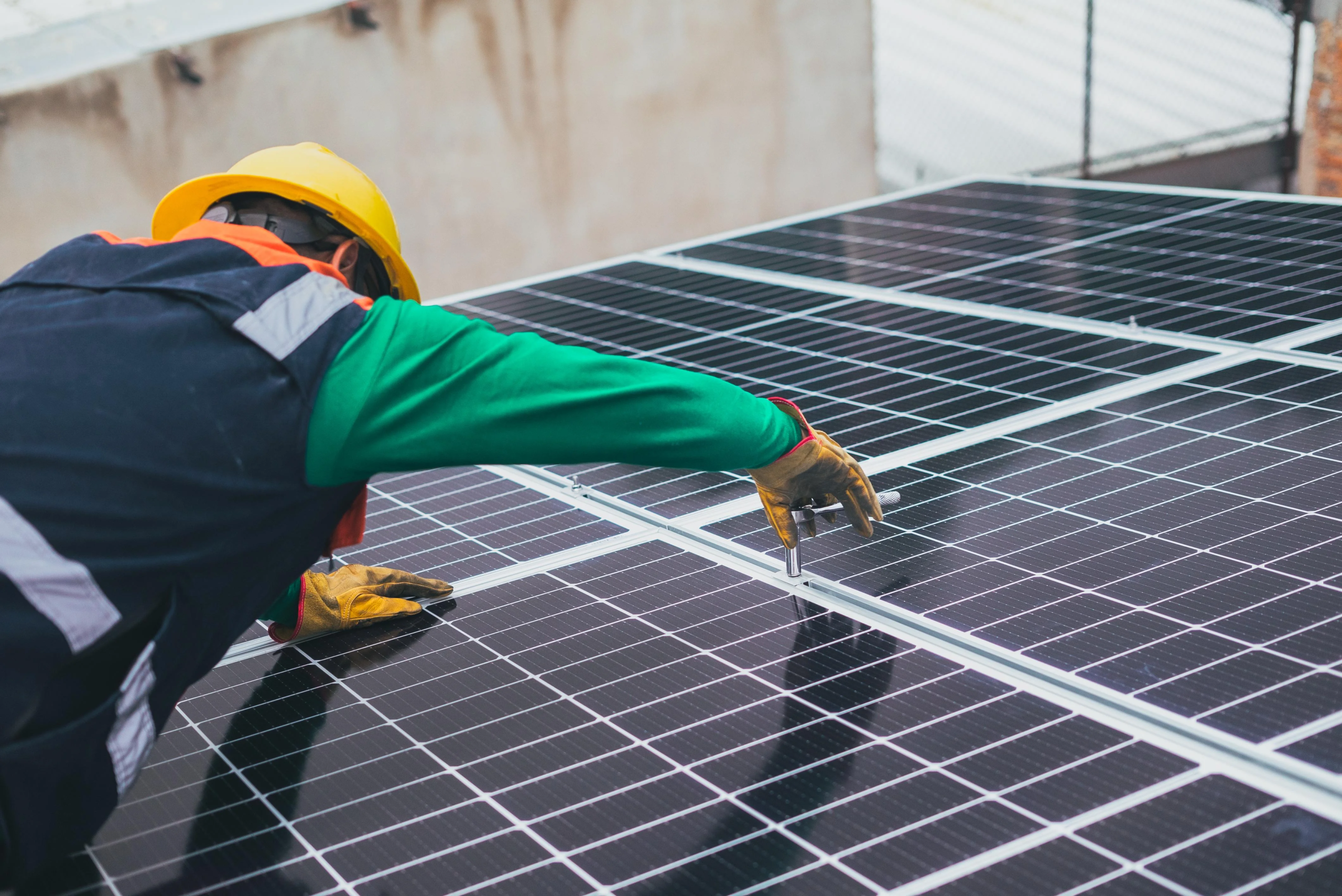In 2021, the number of jobs in the solar industry increased by nine percent. This figure has to do with all the incentives available to homeowners, some of which won’t be around much longer. So, if you want solar panels, there is no time like the present!
Before you purchase a system, you’ll need to learn about the different ways of wiring, which are solar panel series vs parallel. This post will help you better understand both types of wiring in solar panels, so keep reading if you want to make the proper selection.
What Is a Solar Panel Series?
You may know that each solar panel has a positive and a negative terminal.
In a series connection, one panel’s positive terminal connects to another’s negative terminal. The voltage adds together, and the amperage stays the same.
An MPPT charge controller is crucial if you plan to wire your panels in series. It regulates the voltage and current from the panels to match the battery’s voltage, making sure you don’t lose a lot of the energy you produce. As a result, you can charge batteries of 12V or more!
When to Use Solar Panels in Series
Solar panels in series are a great choice when you have full sun. Shade covering any of your panels will reduce the system’s power output because they are all critical in a series connection.
If you have full-sun, there are a lot of benefits to wiring your panels in series, such as:
- Higher output
- Smaller and fewer wires needed
- Fewer breakers required
Despite these benefits, avoid a series array if your home is surrounded by trees or tall buildings that cast a shadow.
What Is a Solar Panel Parallel Connection?
Parallel connections join the positive terminal of one panel to the positive panel of another with branch connectors. Similarly, the negative terminals also connect.
The effect is the opposite of a series connection. The voltage stays the same while the amps add together.
When to Use a Parallel Connection
The benefit of solar panels in parallel is that each one operates independently. So if one receives shade, it won’t bring down the overall output of the others. Thus, a parallel connection is best for partly-shady conditions.
This wiring system is also the right choice for homeowners who prefer a low voltage system.
A solar company, such as blueravensolar.com, can help you understand more about solar panel benefits and which type is right for your home. So be sure to contact them for more information!
Solar Panel Series vs Parallel: The Choice Is Yours!
After reading this brief solar panel guide, you understand the differences between solar panel series vs parallel wiring. So, use this information to select the correct type of solar panel for your home.
Yet, there’s a lot more you should learn before switching to solar energy, so don’t forget to browse more of our posts for solar panel tips!
